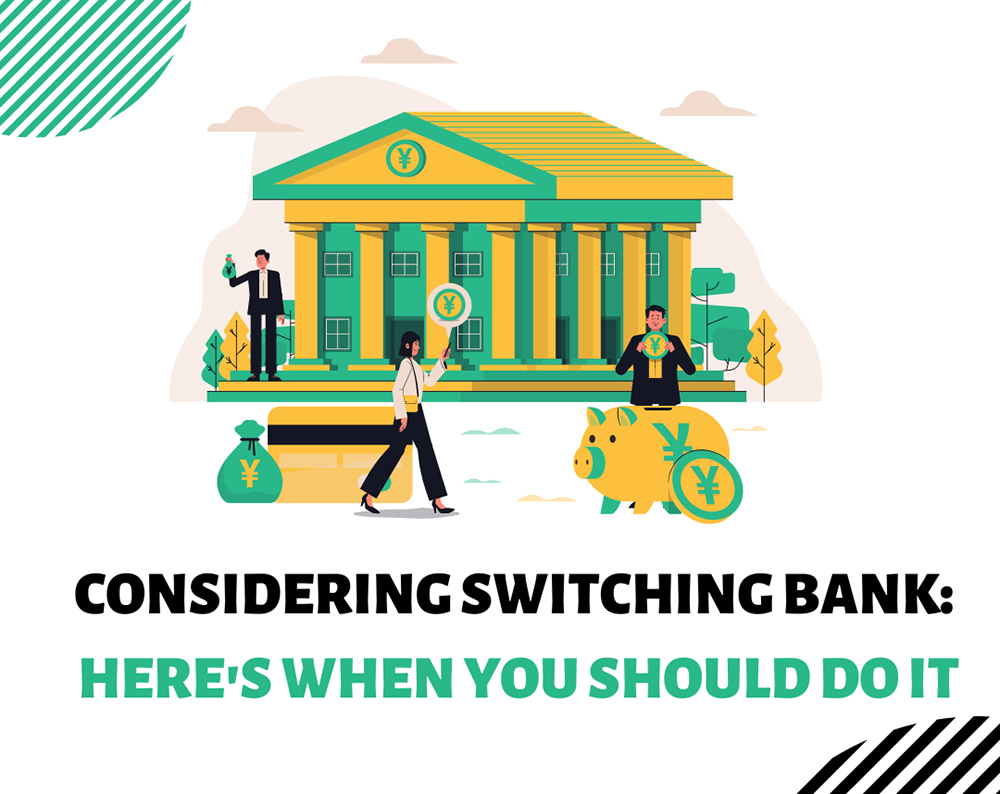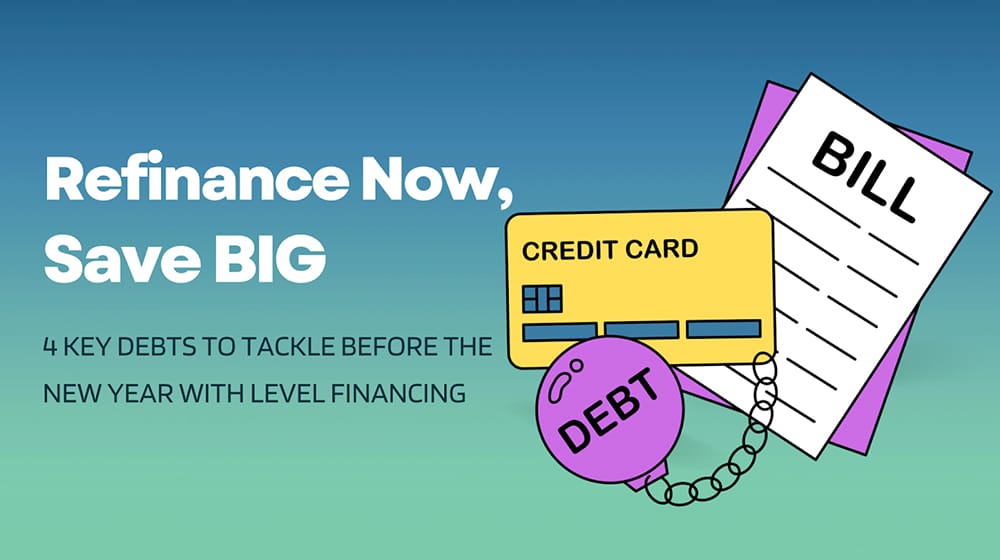Let’s talk about changing banks.
Sometimes, it might be the right move for you and your money. If your bank is making you unhappy or if there’s a better choice out there, you should think hard before switching.
I’ll help you figure out when your bank isn’t working for you, what to look for in a new one, when to switch, and how to do it easily.
Signs Your Current Bank isn’t meeting your needs
Sometimes your bank might not be making you smile! Why? Let’s go over some reasons.
- High fees: Banks can ask for lots of extra money in fees, which isn’t fair to the money you’ve worked so hard for. Did you know that an average checking account fee is $14.13 per month? That’s what a study by CNN found out!
- Not-so-great customer service: Imagine waiting forever, talking to folks who don’t seem to want to help, and still not getting the answers you need. Pretty frustrating, right? A study from J.D. Power shows that only 32% of people are super happy with their bank’s customer service.
- Missing features: If your bank doesn’t have all the tools to make handling your money easy, it might be time for a change.
So, think about your bank. Is it making you happy? It should fit with your lifestyle and your money goals.
When it’s time to choose a new bank, think about what you really want. Do you want a bank with lots of branches near your home? Or maybe a bank with a cool mobile app? And let’s not forget about fees. Some banks have lots of them, but others don’t.
Key Takeaway: When switching banks, it’s important to do your research and find out what you really want in a bank. Consider factors such as fees, customer service, branches near you, and features the bank offers. That way, you can make an informed decision and choose the best option for your needs!

What to Look For In a New Bank
Are you ready to find a new bank? Awesome! Here are some things to consider:
Lower fees
First, search for banks with lower fees. Fees can really eat into your money. Remember that $14.13 average monthly fee we talked about? It’s quite a lot. But guess what? Some banks charge less. Those are the ones you want to find! Look for banks that tell you upfront about their fees. And avoid ones with loads of extra charges, like using ATMs, going over your account limit, or just keeping your account open.
Better interest rates
Next, we’ve got interest rates. The higher, the better! Why? Because higher interest rates help your money grow. The national average for savings account interest rates is 0.06% right now. This info comes from Bankrate.
But, some banks offer better rates. You just have to do some digging to find them. Compare rates from different banks. And think about getting a high-yield savings account or CDs with good rates. That way, your money works harder for you.
Convenient locations
Then, location. It’s important. Banks with branches and ATMs near you make life easier. You can get to them quickly when you need to. And it gives you peace of mind knowing they’re close by. So, consider the number and places of the bank’s branches and ATMs. Also, find out if they have lots of partner ATMs. These can save you money on withdrawal fees when you’re traveling. So, there you have it. When you’re picking a new bank, remember these three things: low fees, high-interest rates, and convenient locations.
Advanced technology
With just a few taps on your phone, you should be able to pay bills or even deposit checks. Wow, right? This is called mobile banking, and it’s super cool. You can do all these from your couch or while munching on your favorite snack. Did you know? In 2020, more than half of grown-ups in the U.S. used mobile banking. That’s a lot of people!
Customer Service
Now, let’s talk about customer service. Ever had a question and needed someone to answer it? Well, that’s where customer service comes in. Good banks care about their customers and are always ready to help. They want you to be happy and satisfied. If you’re happy, you’ll tell your friends about it, and they might join the bank too!
So how do you find such a bank? Ask around, read reviews, and look for a bank that puts its customers first. A good bank will have different ways for you to reach out, like phone calls, emails, or live chats. They should also have friendly and smart people ready to help.
Key Takeaway: When choosing a new bank, make sure to prioritize low fees to protect your hard-earned money from unnecessary charges. Secondly, look for higher interest rates to ensure your savings grow over time. Additionally, the bank’s location should be convenient for you, with easily accessible branches and ATMs. In today’s digital age, a bank’s technology should be advanced enough to allow for easy mobile banking, and their customer service should be responsive and helpful. Remember, your bank should care about your satisfaction and always be ready to assist you.

When to Make The Switch
Wondering when it’s the best time to switch banks? Timing is key! Here’s when you might want to think about it.
When life gets exciting!
Think about when you moved to your new town or when you got married. Or that time you started a new job. Exciting, right? These are also great times to think about your bank. Why? Because your money needs might change too. Ask yourself: does my bank get me, and what do I need now? If not, maybe it’s time to look at other banks that do.
Check out the competition.
It’s always good to know what’s out there. Spend some time exploring other banks. You might find one that offers way cooler stuff than your current bank. Look for a bank that understands what you want to do with your money. Think about things like how much they charge in fees, how much interest they give, and what other people think of them. By doing this, you’ll know if switching banks could be a good move.
Your money dreams are changing.
Maybe when you were younger, you just wanted to save up for a new bike.
But now, you might be dreaming of bigger things like college or buying a house. If your bank isn’t helping you reach these new dreams, it might be time to find a bank that will.
Now, remember, switching banks isn’t just about choosing a new one. It’s also about making sure you don’t mess up things like automatic payments and deposits. So make sure you tell everyone who needs to know about your new bank details. And don’t close your old account until everything has cleared.
Key Takeaway: Switching banks should be considered during significant life events, as your financial needs may change along with your circumstances. It’s also beneficial to routinely explore other banks to see if they offer more advantageous terms or services than your current bank. Additionally, if your financial goals evolve and your current bank isn’t catering to these new objectives, it may be time for a switch. However, it’s crucial to manage the transition process carefully to avoid disrupting automatic transactions and to ensure all parties are informed of your new banking details.
How to Change Banks Easily
Hey there, I’m here to help you switch banks without a hitch! It’s simpler than you think if we follow some simple steps.
Step 1: Do Your Homework
First off, let’s do a bit of detective work. We need to look at different banks. What’s important? Well, how much they charge (fees), what they pay you (interest rates), what they can do for you (services), and what other people say about them (reviews).
Step 2: Open a New Account
Next up, we’re going to open an account with our chosen new bank. We’re not closing our old account just yet. No way!
Step 3: Set Up Automatic Payments
Now, let’s get those automatic payments in order. You know, stuff like bills or your weekly allowance. They need to go straight into your new bank account.
Step 4: Transfer Your Money
Yup, we’re shifting your cash from the old account right into the new one. Exciting, right?
Step 5: Update Your Information
Step five’s a bit tricky. We will update some things about your new bank info. Who exactly? Well, anyone who needs to know – think your boss or even the electric company. This ensures all your future lands in the right spot.
Step 6: Keep an Eye on Things
We’ll have to monitor both accounts. We want to make sure everything is transferred smoothly, with no hiccups.
Step 7: Close Your Old Account
Time to say goodbye to your old account. But hold up! Before we do that, let’s double-check. Make sure there’s no leftover cash or any transactions still on the move.
Key Takeaway: Changing banks can be a straightforward process if managed carefully. Start by researching potential new banks, considering their fees, interest rates, services, and reputation. Opening a new account is the next step while maintaining your old account temporarily. It’s crucial to set up automatic payments to the new account and transfer your funds.

Final Thoughts
By following these steps, trust me, changing banks will be as easy as pie and totally stress-free! If your current bank is bumming you out, think hard about what you want in a new one. So, when’s the best time to switch? Only you can answer that. But remember this: with a little bit of planning, you can switch to a new bank without breaking a sweat and start loving your banking life again!




